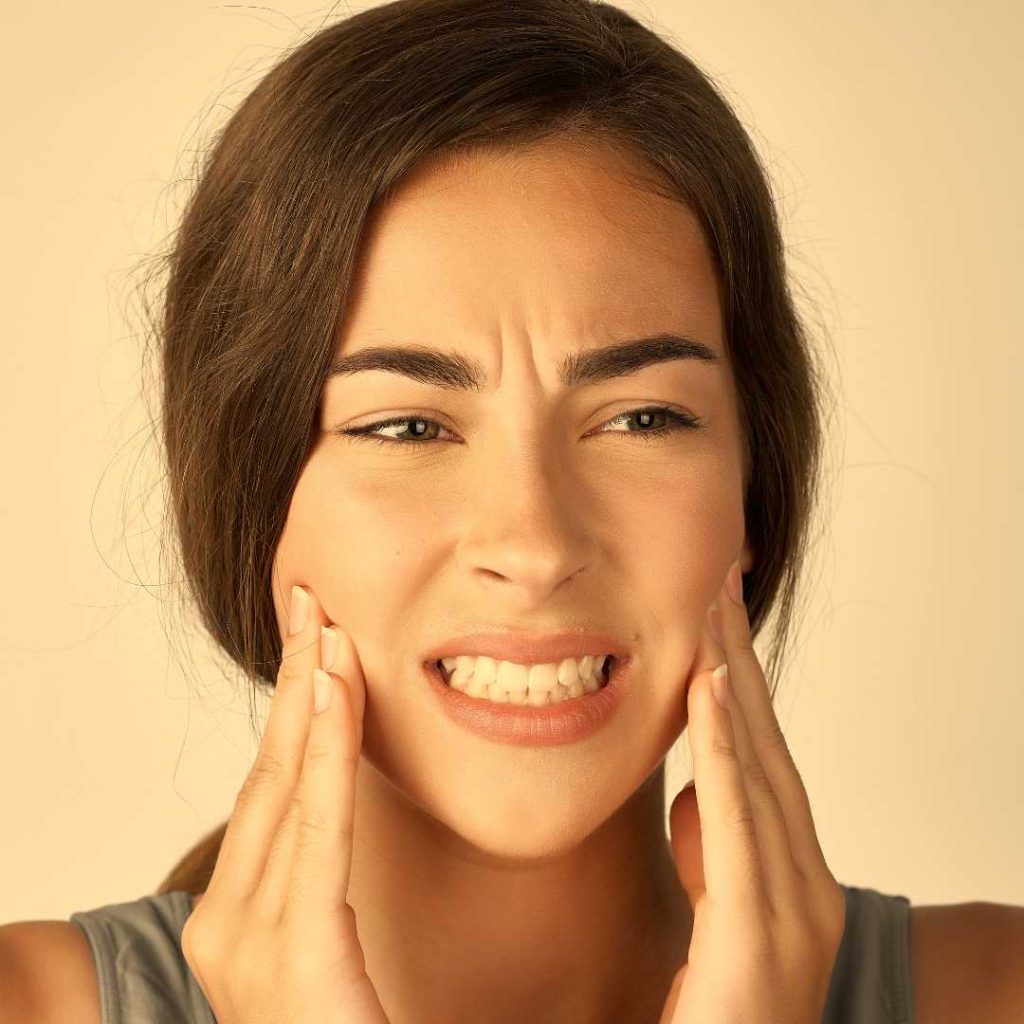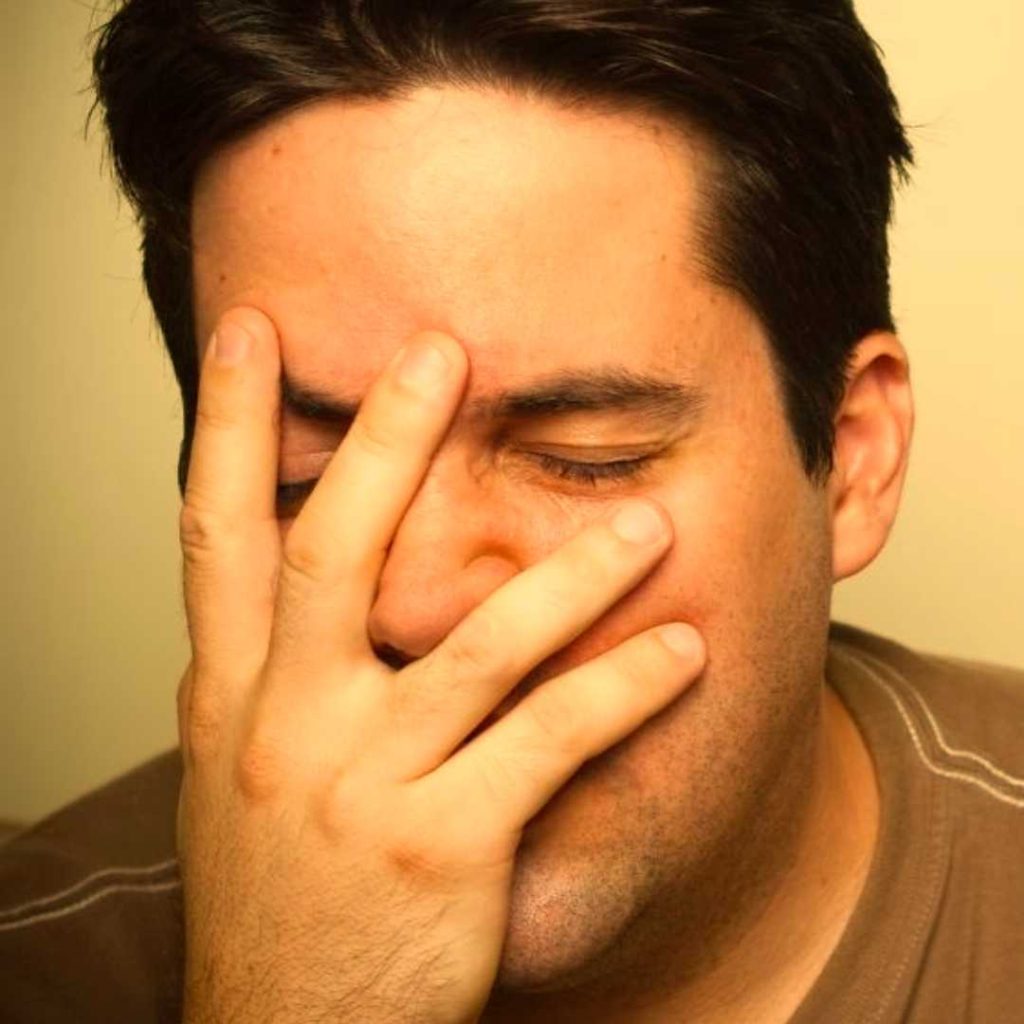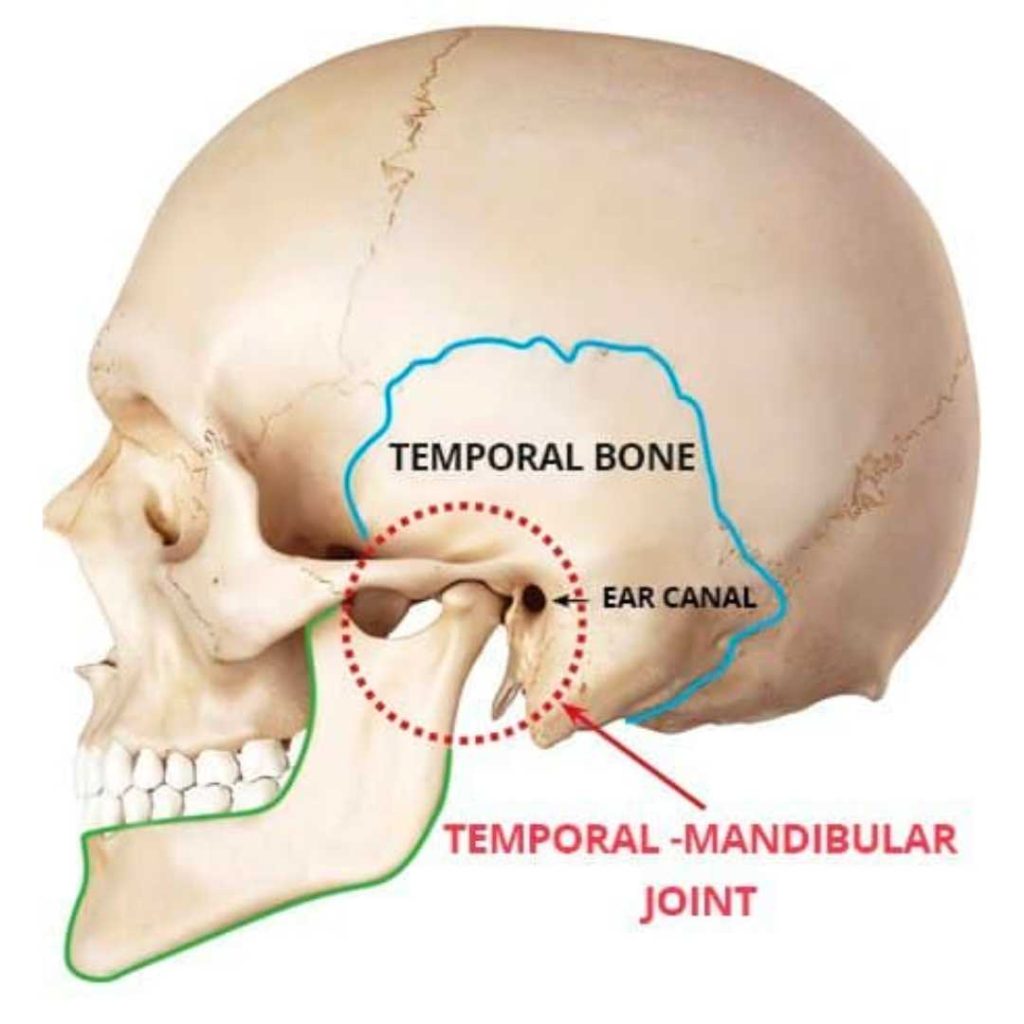TMJ Facial Pain Calgary
TMJ Facial Pain
TMJ Facial Pain in Calgary
Why Does My Whole Face Hurt?

Pain in the side of your face, above the eyes, and the tops and sides of your head, can all be related to TMJ Disorders signs and symptoms. Facial pain can come from infected teeth or gum tissue. Have them checked out for sure.
Facial pain can also come from injuries or nerve damage. Barring an infection in your mouth or nerve damage, Facial Pain often is caused by the muscles of the head and neck. This has all to do with how your mouth functions.
What can make this really tough is that Facial Pain from muscles can refer pain signals to a single tooth or to multiple teeth in an area. Patients end up having multiple root canals to attempt to remove pain that is actually jaw muscle in origin. Pain is a poor diagnostic tool simply because it refers to other areas of the body. Sometimes pain is hard to pin down.
What does TMJ Facial pain feel like?
Facial pain associated with TMJ Disorders can be sharp and instant, or dull and constant. It is like a “charlie horse” leg pain in your jaw. It can often come from neck muscles as well. Pain does not just show us where the problem is but is often referred to a totally different area.
Did you know that a muscle on the side of your neck (Sternocliedomastoid muscle or SCM) will often refer pain to your forehead? A chewing muscle (Masseter Muscle) will often refer pain to a back tooth on that side.
Pain is real. We do not argue that. Pain is debilitating. The origin of pain can be confusing and requires a comprehensive diagnostic examination.
Are facial muscles affected?
Muscle strain is the most common symptom of TMJ Facial Pain. That muscle pain can be sharp and excruciating. It can mimic a toothache, it can mimic a migraine, and it can create pain far from its source.
TMJ disorders, a misaligned bite, daytime/nighttime airway issues, body posture and even foot problems can all affect the muscles of the head and neck and thus cause pain.
Many times Facial Pain will show up on the opposite side of your bite problem. Your pain on the right is caused by a bite problem on the left or vise versa.
The pain typically comes from overworked muscles or muscle linings (called the fascia) constricting the function and motion of muscles. Chronic, long term strain to muscles will create various kinds of damage to the muscles and the bones that they are attached to. Often the bone of the lower jaw will change shape to accommodate years of muscle strain.
TMJ Facial Pain Treatment near me
Connect with Dentalife
Can stress cause facial pain?

Stress or Strain. These are two different problems. Stress happens when we are either physically or mentally consumed. Stress is usually our body tightening up and collapsing inwards. Kinda like a fetal position where the body would just like to curl up on itself. The main feature of stress is tightness of muscles, stress hormone release, and perhaps a feeling of being overwhelmed.
Stress is something we all have. You cannot easily avoid it. It is natural and our bodies have ways we try to cope with it.
Strain is different. When your body is functioning or doing things, many body systems are working together to allow you to do the things in your day that you need to do. Often that strain causes muscles, tendons, and ligaments to be overused. If the body needs to overcome stress it will tighten up. If that creates strain in the body, pain may be the result. Over time, the strain in your body creates a loss of function, a loss of freedom of movement , and pain.
Can my bite create strain or stress?
How you bite, how your jaw has to function, is a major cause of strain. With that strain, comes pain and with that pain comes stress. How you bite has global effects on your body. Studies show that changes in the bite can create changes in the way you stand. That strain, or the release of it, can go from teeth to toes.
- See references below
How do you relax your jaw with TMJ treatments?
TMJ Treatments goals are to provide structural balance to the teeth, jaw, head, neck, and body. This helps relax strained muscles and provide relief to facial pain.
A small dental contact interference altering the way teeth meet or function has been shown to create jaw muscle strain. The trick can be finding the interference. Often that interference is on the opposite side of the mouth from the facial pain.
Sometimes the strain comes from unfortunate jaw growth. Sometimes tooth loss, dental treatments, and injuries will create strain in the jaw. Whatever the cause, there are treatments and therapies that can help relieve strain in the bite and how the bite functions. These can reduce muscle strain and reduce facial pain due to this problem.
Since muscles are all connected in your body, we at Dentalife will assess more than just your jaw, but body muscle strain and imbalance to help bring other appropriate healthcare providers into your care.

REVIEWS FOR DENTIST DOWNTOWN CALGARY
The Alberta Dental Association & College does not allow dentists to display any patient-reviews directly on their website.
Please find us by Googling: ‘Dentalife Patient Reviews’
tmj face pain calgary
References

Westersund, Curtis D., Jeffrey Scholten, and Raymond J. Turner. 2017. “Relationship between Craniocervical Orientation and Center of Force of Occlusion in Adults.” Cranio: The Journal of Craniomandibular Practice 35 (5): 283–89.
Sutter BA, Girouard P. Posture Stability and Forward Head Posture Before and After Disclusion Time Reduction (DTR). A Five-Year Cohort Study. Adv Dent Tech. 2021 Jul;3(2):23-35. Epub.
